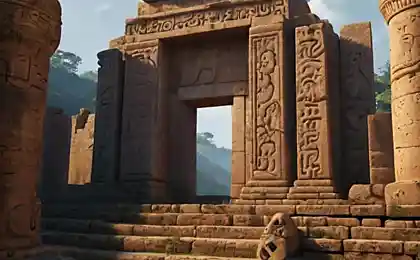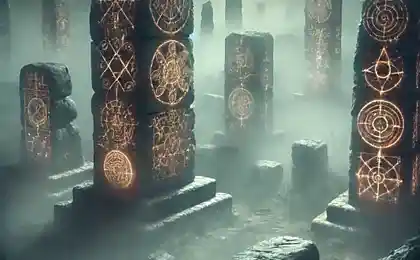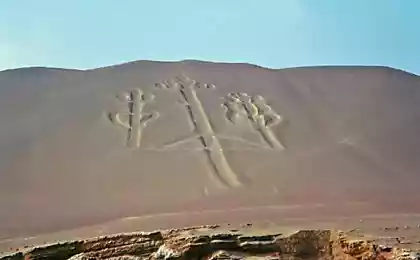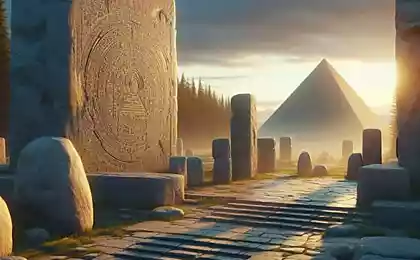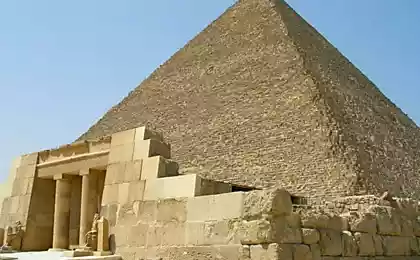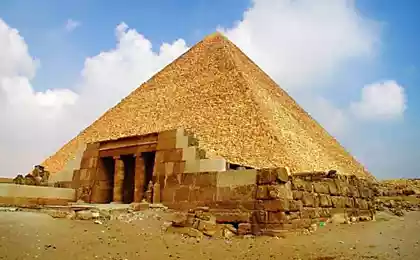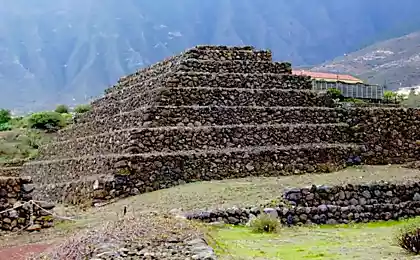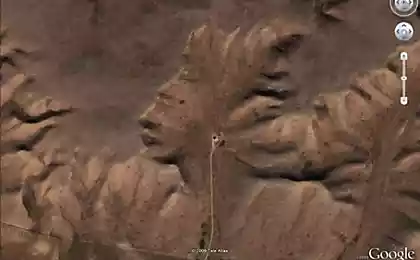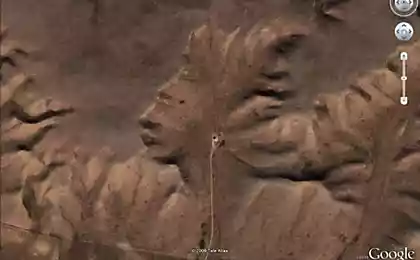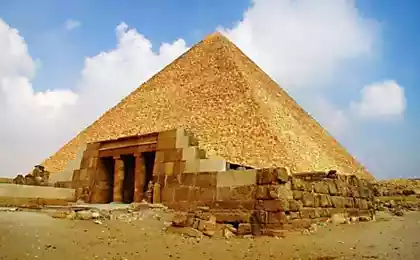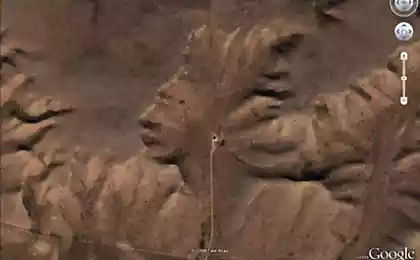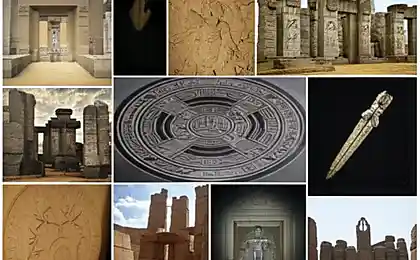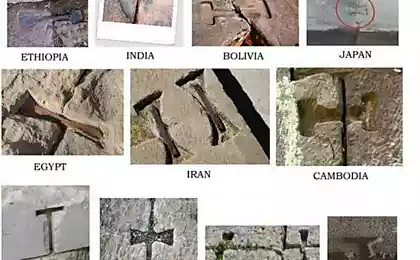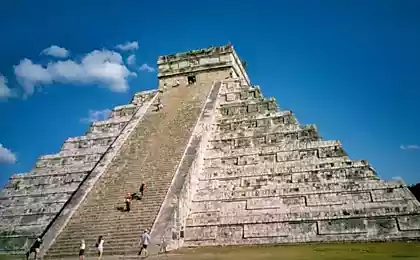264
Mysteries of ancient civilizations: what we still can not explain
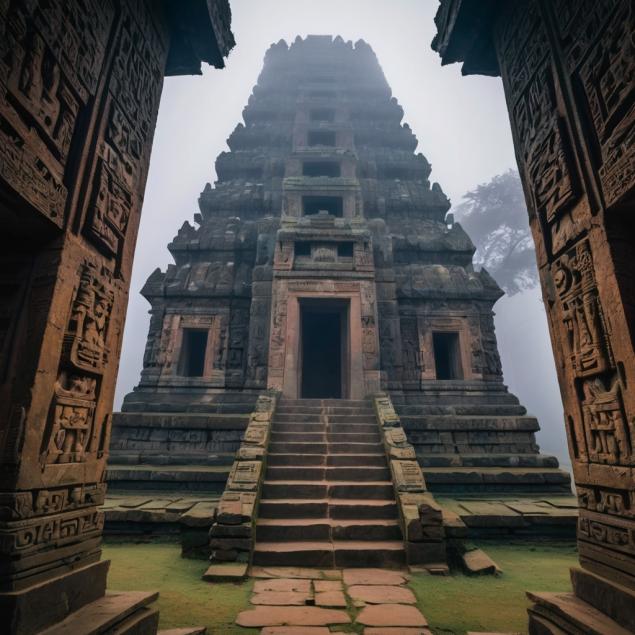
Introduction: Secrets that challenge science
Ancient civilizations left behind not only majestic monuments, but also many mysteries that have not yet been solved. How were the Egyptian pyramids built? What was Stonehenge created for? Who and why drew the giant Nazca lines? These questions continue to excite the minds of scientists, archaeologists and history buffs.
In this article, we will look at the most intriguing artifacts and structures of antiquity, which are still the subject of controversy and research. We will try to understand what we know and what is still hidden under the cover of time.
1. Egyptian Pyramids: The Miracle of Engineering
The pyramids of Giza, especially the Great Pyramid of Cheops, are among the most famous and mysterious structures in the world. Built more than 4,500 years ago, they still amaze with their accuracy and scale. How did the ancient Egyptians, without modern technology, create such complex structures?
One of the main mysteries is the method of transporting huge stone blocks, some of which weigh more than 2.5 tons. Theories range from the use of mounds and levers to more exotic assumptions such as helping extraterrestrial civilizations.
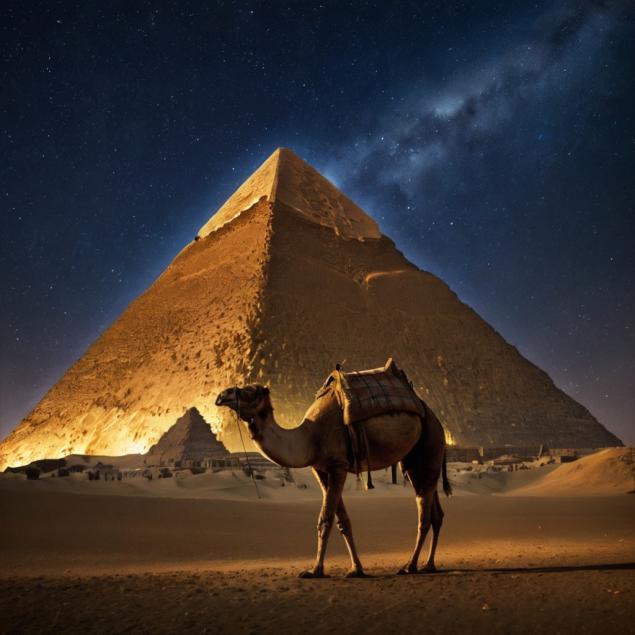
Interesting facts:
- The Great Pyramid of Cheops consists of approximately 2.3 million stone blocks.
- The orientation of the pyramids almost perfectly coincides with the directions of the cardinal directions.
- Inside the pyramids found complex ventilation systems and chambers.

2. Stonehenge: England's stone mystery
Stonehenge, located in Wiltshire, England, is one of the most famous megalithic structures in the world. Its age is estimated at 4-5 thousand years, but it is still unknown who built it and why. Basic theories suggest that Stonehenge was used as an astronomical observatory, a place of religious ceremonies, or even as a healing center.
One of the main mysteries is the way the huge stones were transported, some of which were brought from Wales, more than 200 kilometers away. How did ancient humans move such heavy objects without modern technology?
Interesting facts:
- The largest stones of Stonehenge weigh up to 25 tons.
- The structure is precisely aligned at the solstice.
- Hundreds of graves have been found around Stonehenge.
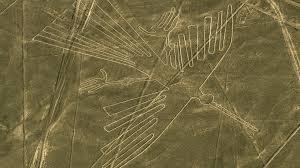
3. Nazca lines: giant drawings in the desert
The Nazca lines, located in the desert of southern Peru, are giant geoglyphs that can only be seen from the air. These drawings depicting animals, plants and geometric figures were created between 500 BC and 500 AD. But who created them and why?
One of the most popular theories is that the lines were used for astronomical or religious purposes. However, the exact purpose of these drawings remains a mystery. How did ancient people create such accurate and large-scale images without being able to see them from above?
Interesting facts:
- The Nazca lines cover an area of more than 500 square kilometers.
- Some drawings reach a length of 370 meters.
- Geoglyphs are preserved due to the arid climate.

4. Other mysterious artifacts of antiquity
In addition to the pyramids, Stonehenge and the Nazca lines, there are many other artifacts that still raise questions from scientists. For example, the Antikythera Mechanism, discovered on a sunken ship off the coast of Greece, is believed to be an ancient analog computer. Its complexity and accuracy are striking, especially given that it was created more than 2,000 years ago.
Another mystery is the stone balls of Costa Rica, perfectly round and of different sizes. Their purpose and method of manufacture are still unknown.
Interesting facts:
- The Antikythera mechanism was used to calculate astronomical events.
- Costa Rica stone balls weigh up to 16 tons.
- Some balls are arranged in geometric patterns.
Conclusion: Secrets that inspire
The mysteries of ancient civilizations remind us how much we still don’t know about our past. These artifacts and structures not only challenge science, but also inspire new discoveries. Perhaps one day we will find answers to these questions, but for now they remain a reminder of how little we know about our ancestors.
Explore, ask questions and be open to new ideas. This is how great discoveries are born.
How to stop putting things off for later: 5 proven methods
How Music Affects Our Brains: From Mozart to Rock
